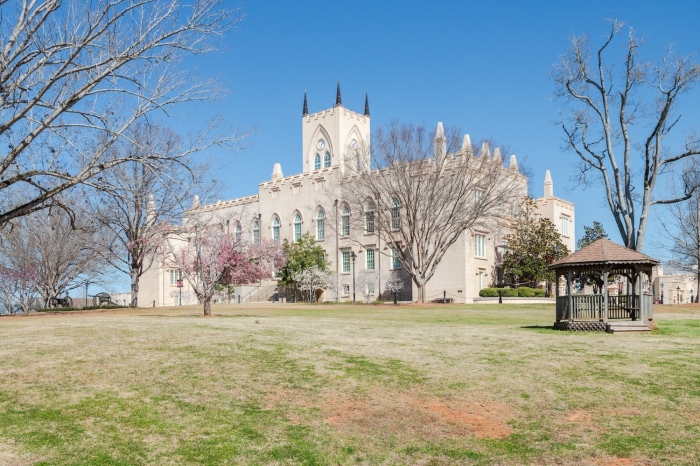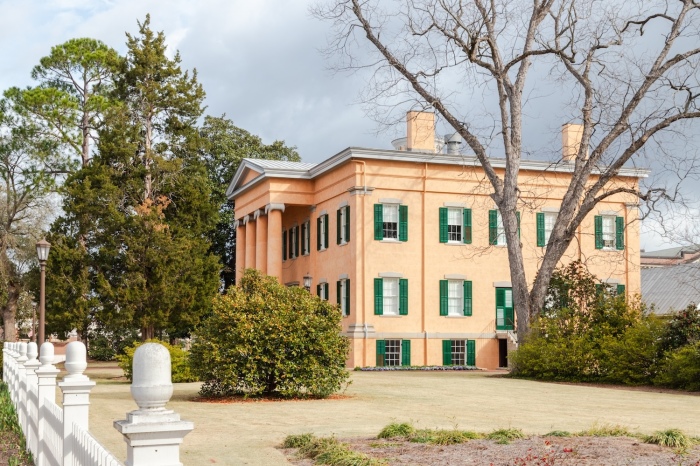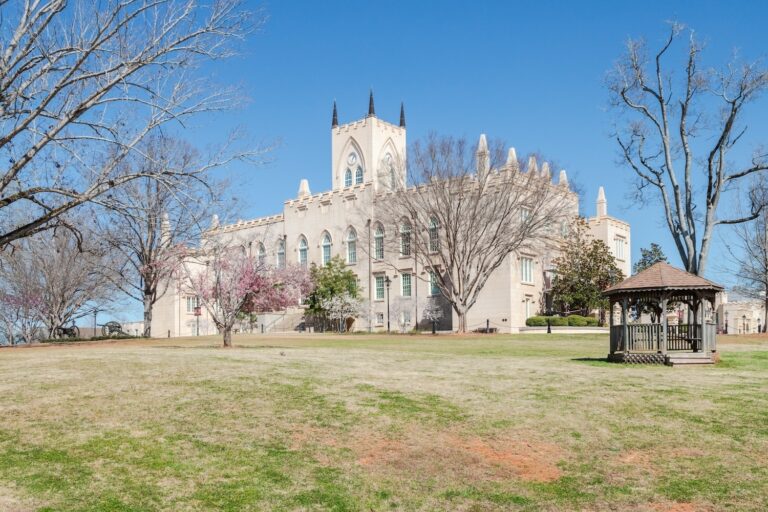Milledgeville is a small town that weighs well beyond its weight.
For a long time, when the savanna was covered in macons to the east and west, Georgia’s capital rewards visitors seeking the real south.
The town (legally established as a city) and surrounding Baldwin County seats were deliberately laid out as the capital of Georgia, just like Washington’s national capital. Many of the streets are named after the patriots of the Revolutionary War and the famous people of the early Republic. Milledgeville itself is named after Revolutionary veteran John Milledge, who was then the governor of Georgia.
It is impossible to visit, deemed inseparable from the rise of cotton, civil wars and struggles of reconstruction – an event unfolding in the background of elegant Civil War mansions still line the streets. Unlike the overcompetent, historic towns elsewhere in the South, Milledgeville still feels inhabited.
The highlight is the old castle-like state capitol. This is a harsh early example of Gothic revival of the Strawberry Hills’ Gothic style than the true Gothic. As a Georgia Capitol building, until 1868 political power shifted to Atlanta’s burgeoning rail hub. Today it is used at Georgia Military College, which consists of prep schools and junior colleges.
For the years leading up to the Civil War, the Capitol was the venue for many consequential moments. Marquis de Lafayette visited in 1825 as part of his US tour. The ordinance, which has left the Georgia union, was passed here on January 19, 1861.

A few blocks away, the old governor’s mansion is a grand Greek residence in which architectural experts consider one of the best examples of its kind anywhere in the South. Built in the late 1830s, it was home to the governor of Georgia through the end of the Civil War. When the union captured Milledgeville under General William Tecumseh Sherman in 1864 during Sherman’s march to the sea, the mansion was commanded to serve as a military headquarters.
Thanks to the University of Georgia and State University, Milledgeville has its status as a university town. The university’s 7,200 students live much needed lives in downtown, where they couldn’t compete with major stores, strip malls and chain restaurants on the outskirts of town.
The Milledgeville portrait is not completed without mentioning Flannery O’Connor, the famous author whose work has left a lasting mark.

Born in Savannah in 1925, O’Connor moved here as a teenager after his father’s death. She lived and wrote in Andalusia from 1951 until 1964, when she died of Lupus at the age of 39.
A modest farmer just north of town, Andalusia is preserved as a museum, offering windows for visitors both in O’Connor’s daily life and the countryside southern landscapes that shaped her fiction. The house decorated during her lifetime overlooks the gentle hills that define this part of Georgia. It’s easy to stand on the farmer’s porch and imagine her on a typewriter. O’Connor’s Faith – She was respectful and respected Roman Catholic in part of the country where the Roman Church was still a clear minority and deeply injected her writing.
If you’re going
To get to Milledgeville, you will need a car as the nearest major airport is 100 miles away from Atlanta. The drive from Atlanta’s Hartsfield-Jackson International Airport takes about two hours. For those who haven’t flew, the drive to Milledgeville is about five and a half hours from Nashville, Tennessee and four hours from Jacksonville, Florida.
I stayed at the Holiday Inn Express, the best hotel in town. Milledgeville definitely lacks hotels, especially considering the two universities.
Milledgeville-Baldwin County Convention & Visitors Bureau has a website with extensive travel planning resources. All vintage trolley tours in Milledgeville are offered on Fridays and Saturdays. Also, visit Lockery Arboretum, a 50-acre garden anchored in a pre-Civil War plantation house.
Dennis Lennox is a travel column for Christian Post.
Dennis Lennox writes about travel, politics and religion. He has appeared in the Financial Times, Independent, The Detroit News, Toronto Sun and other publications. Follow @dennislennox on Twitter.
